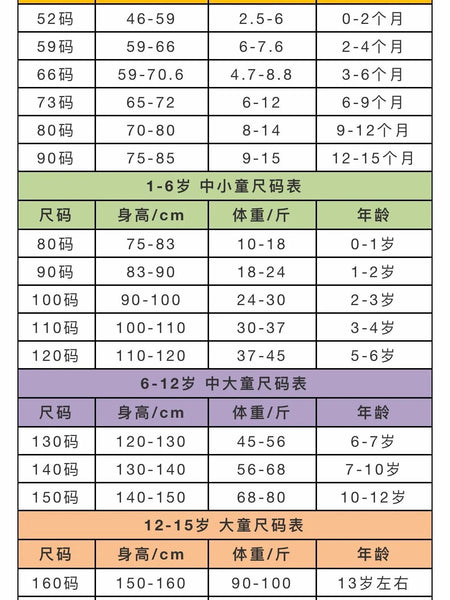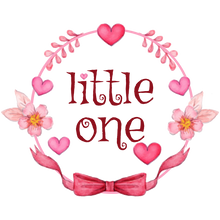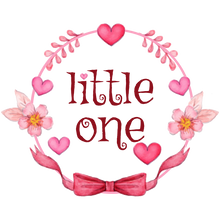
The latest children's clothing size comparison chart China
Many new Children's clothing wholesale practitioners (novice children's clothing store owners) don't know how to choose the right clothes for their charts, nor how to recommend the right size for customers' charts.

Today, I have sorted out the size comparison table of children's clothing, children's shoes and children's hats in detail. They are also very practical and dry goods. It is necessary to collect them~
Super full children's clothing size comparison table (recommended collection)
Children's clothing size chart.
1. Children's clothing size comparison chart China
Children's clothing by age
Infant period: 0-15 months
Childhood: 1-6 years old
Middle-aged childhood: 6-12 years old
According to different age groups, choose suitable clothes according to the height and weight of the baby.
Children's clothing also has some special code segments 3, 5, 7, 9, 11, 13, 15, 17, etc., which are more common in the Korean version, and the corresponding Chinese code segments are 80, 90, 100, 110, 120, 130, 140, 150.
Note: Babies grow very fast during infancy and childhood, and they change clothes every season, so we should not store too much when choosing clothes, which is why there are the most clothes for babies and children on the market.

2.children's shoes size reference chart China
Regarding the baby's shoes, the most scientific method is to determine the length of the baby's foot (inner length), and on the basis of the inner length, about +1cm, and compare the size chart to reasonably choose suitable baby shoes.
Shoes must fit and be comfortable, because babies at this age are more active, and shoes are very important. Excessive size will affect the development of the baby's feet. It is best to try the shoes on the baby. It is necessary to know whether they are suitable or not.

3. Children's hat head circumference reference chart China
Hats are often used in infants and toddlers, and babies in this age group are also the weakest, so it is recommended that pure cotton be breathable in the choice of hats.

4. the classification of clothes
The safety types of clothes are divided into A, B and C.
Class A: refers to the clothes used by infants and young children, which are the best in terms of quality and safety, and have the lowest formaldehyde content.
Common Class A supplies include diapers, diapers, underwear, bibs, pajamas, gloves, socks, outerwear, hats, bedding, etc.
Category B: Clothes can be worn directly without affecting the skin, and the formaldehyde content is slightly higher than that of A and other products.
Common B-type products include bras, belts, shorts, cotton sweater pants, shirts, (summer) skirts, (summer) pants, socks, bed sheets, etc.
Super full children's clothing size comparison table (recommended collection)
Category C: Clothes are generally coats, which do not directly contact the skin, or a small part of the clothing contacts the skin, and the safety quality is relatively poor.
Common C-type products are sweaters, outerwear, skirts, trousers, curtains, bedspreads, wall coverings, fillers, interlinings, etc.
Note: It is recommended that infants and underwear must be class A fabrics, and it is generally not recommended to wear class C clothes
How to distinguish cotton?
Under normal circumstances, clothes with a cotton content greater than 75 are regarded as all cotton, which is relatively safe for the baby's skin and relatively comfortable and breathable to wear. Especially for sensitive skin, it is not easy to produce allergic reactions. The editor thinks that the baby's clothes are better made of cotton, just look at the tag directly.
in conclusion:
Of course, what the editor has compiled is only a reference for the number of yards. The specific selection depends on the height and weight of the child. After all, children of the same age will have some differences in height and weight.

